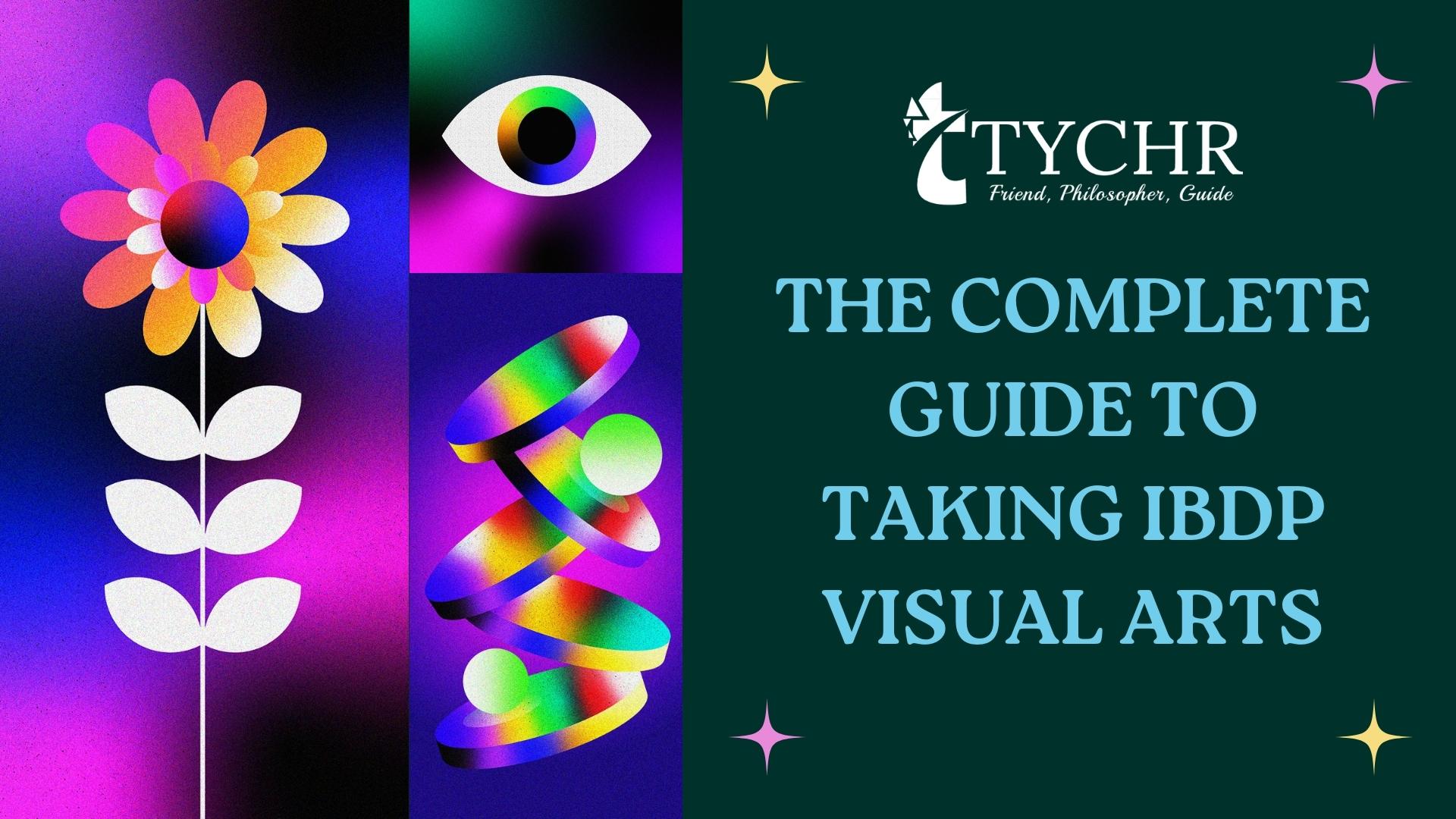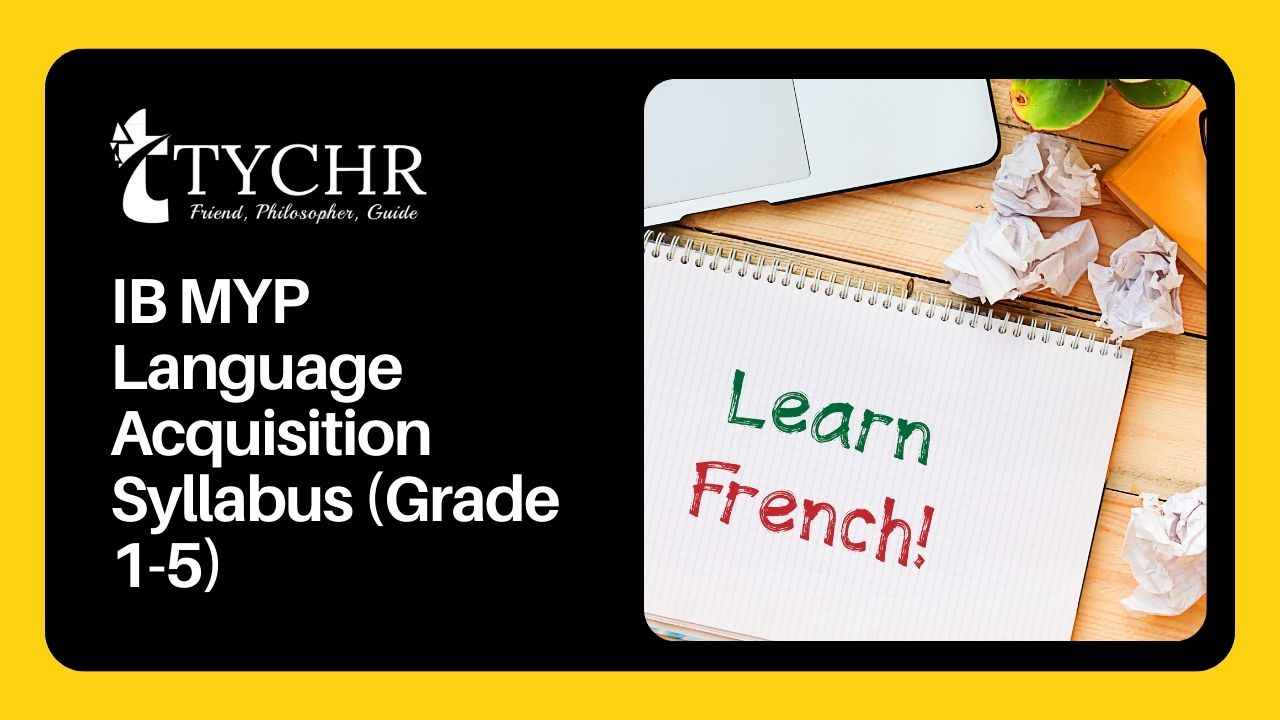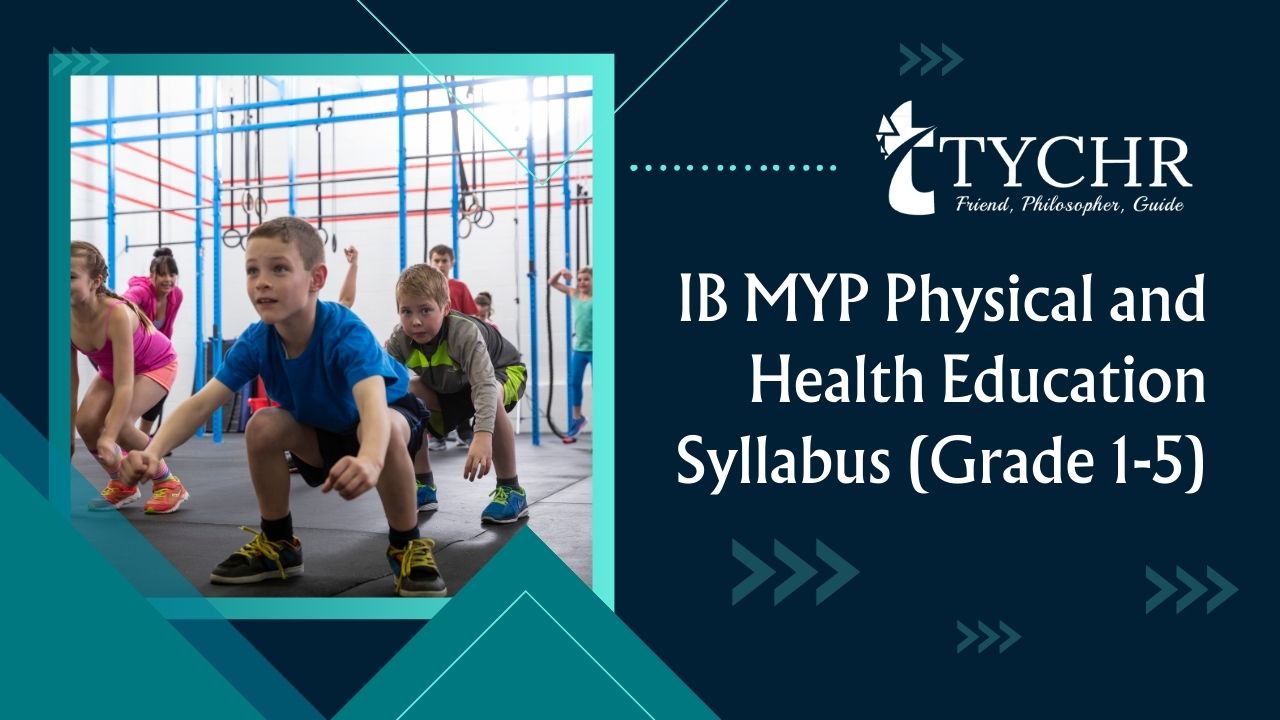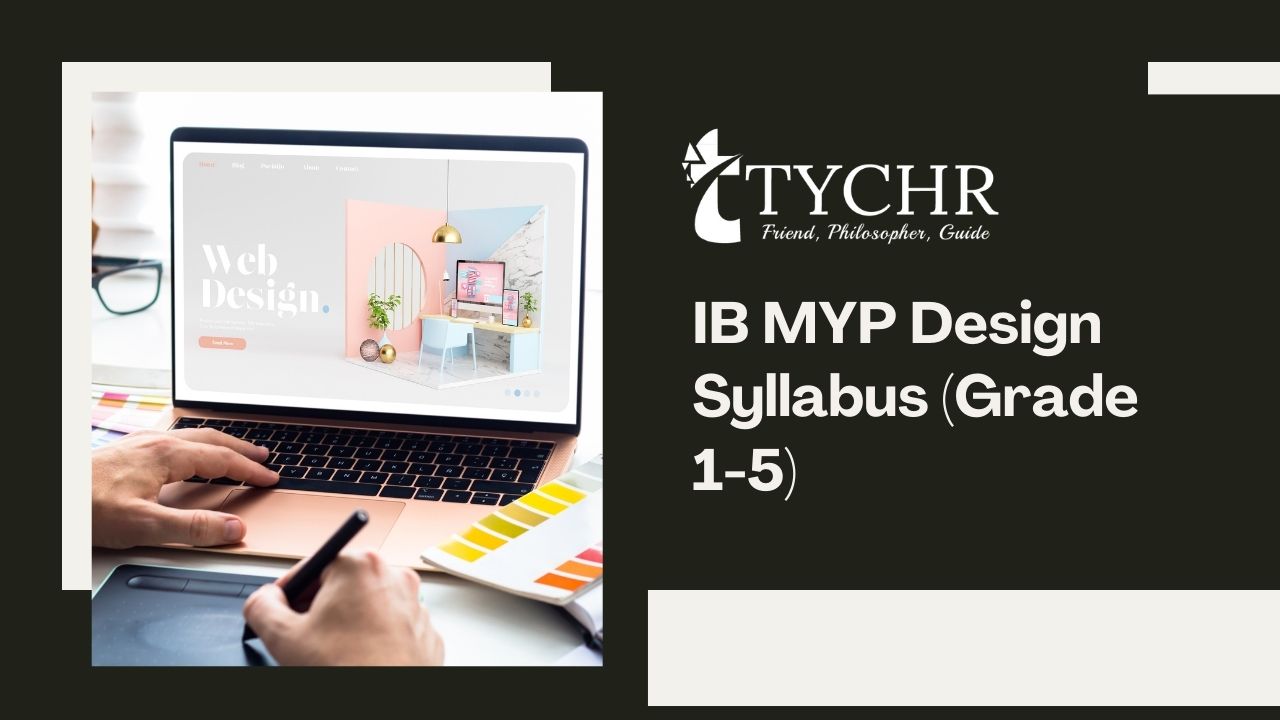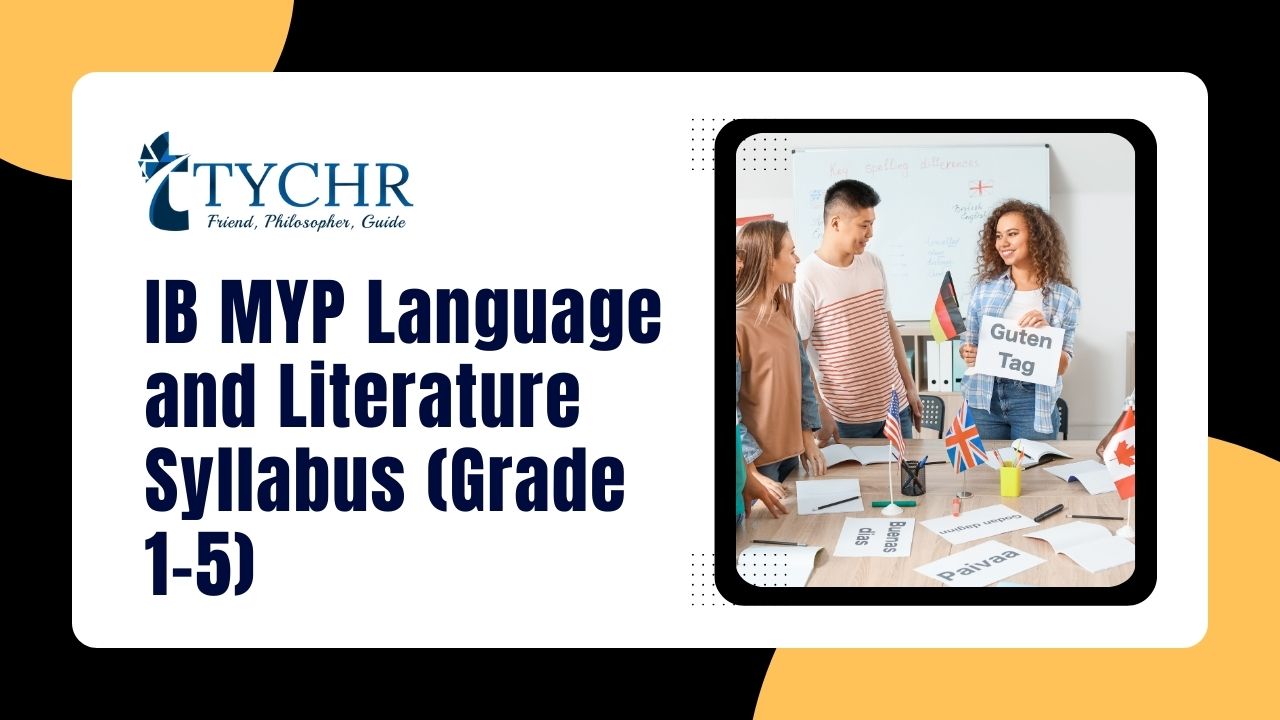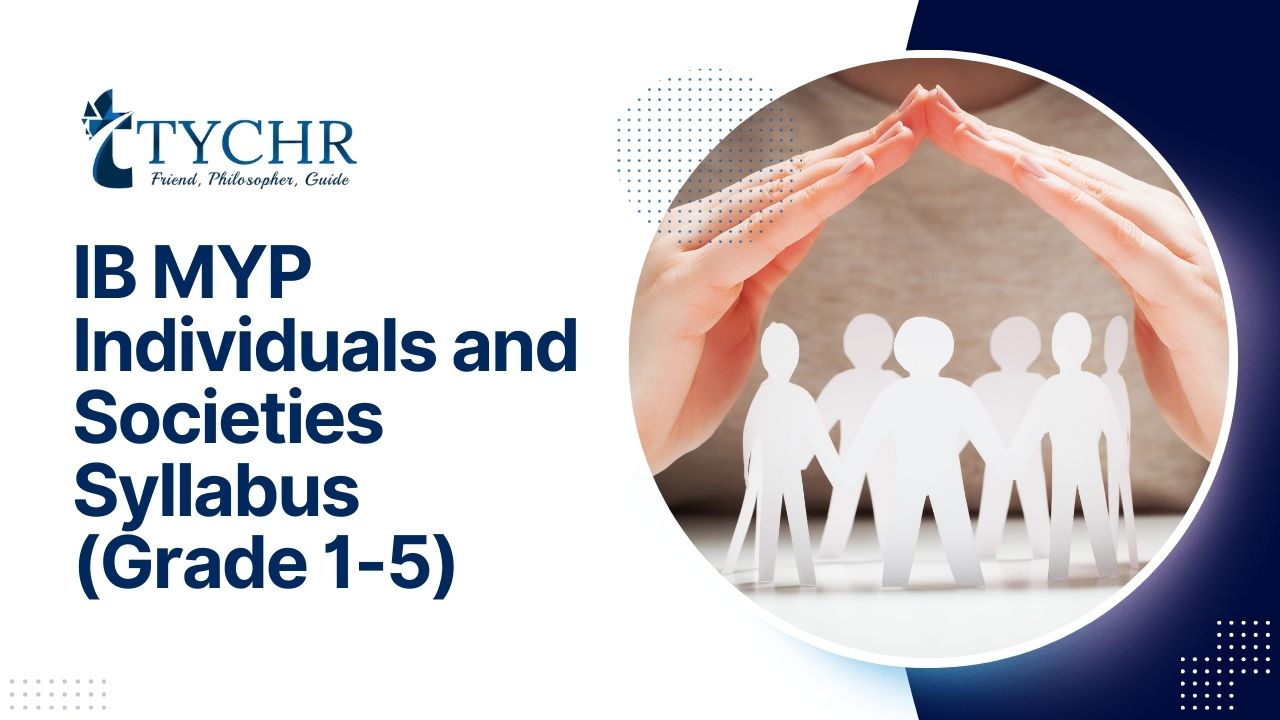Table of Contents
- 1 Introduction to IBDP Visual Arts
- 2 Benefits of taking IBDP Visual Arts
- 3 Course Requirements and Curriculum
- 4 Developing Creativity and Critical Thinking Skills through Visual Arts
- 5 Exam Format and Assessment Criteria
- 6 Tips for Success in IBDP Visual Arts
- 7 Real-life Applications of IBDP Visual Arts
- 8 Conclusion
- 9 Frequently Asked Questions (FAQs)
Introduction to IBDP Visual Arts
Welcome to the vibrant world of IBDP Visual Arts! If you have a passion for creativity and an eye for artistic expression, then this course is tailor-made for you. The International Baccalaureate Diploma Programme (IBDP) Visual Arts offers students a unique opportunity to explore their artistic talents while nurturing critical thinking skills. Whether you dream of becoming a professional artist or simply want to cultivate your creative mind, this comprehensive guide will provide you with all the information you need to embark on your journey through IBDP Visual Arts. So get ready to unleash your imagination and dive into the captivating realm of visual arts!
Benefits of taking IBDP Visual Arts
Choosing to pursue the International Baccalaureate Diploma Programme (IBDP) Visual Arts course can be a transformative experience for students. Not only does it provide an opportunity to explore and express their creativity, but it also offers numerous benefits that extend beyond the realm of art itself.
One key advantage of taking IBDP Visual Arts is that it encourages self-expression and individuality. Through various mediums such as painting, sculpture, photography, and digital media, students have the freedom to communicate their thoughts, emotions, and ideas in unique ways. This fosters a sense of personal growth and allows individuals to develop their own artistic voice.
Furthermore, engaging with visual arts can enhance critical thinking skills. Students are encouraged to analyze artworks from different cultures and time periods, examining themes and concepts within them. They learn how to interpret symbols and meanings behind artwork while considering historical context or societal influences. This analytical approach helps cultivate intellectual curiosity and sharpens observational skills.
Another benefit is that IBDP Visual Arts promotes interdisciplinary learning by integrating other subjects such as history, literature,
mathematics or science into art projects. By exploring connections between disciplines, students gain a deeper appreciation for the interconnectedness of knowledge.
Moreover, participating in this course nurtures cultural awareness by exposing students to diverse artistic traditions from around the world.
They learn about different artistic expressions across cultures which broadens their understanding of global perspectives.
Also Read: Guide to the IB Visual Arts Components
Course Requirements and Curriculum
The IBDP Visual Arts program offers a comprehensive curriculum that provides students with a solid foundation in the visual arts. The course is designed to nurture creativity, develop technical skills, and encourage critical thinking.
To enroll in the IBDP Visual Arts program, students must have a genuine interest in art and demonstrate proficiency in drawing, painting, sculpture, or other artistic mediums. While prior experience is not required, it can certainly be an advantage.
Throughout the two-year course, students will explore various art forms including painting, photography, printmaking, sculpture, digital media, and more. They will learn about different art movements and styles while also developing their own unique artistic voice.
The curriculum focuses on both practical skills development and theoretical understanding of art concepts. Students will engage in hands-on projects that allow them to experiment with different techniques and materials while also studying art history and theory.
In addition to coursework assignments completed throughout the year, students are required to submit a final exhibition showcasing their best pieces of artwork. This exhibition is an opportunity for students to demonstrate their individual growth as artists over the duration of the course.
Developing Creativity and Critical Thinking Skills through Visual Arts
Visual arts, as part of the International Baccalaureate Diploma Programme (IBDP), offers students a unique opportunity to develop their creativity and critical thinking skills. Through exploring various mediums such as painting, sculpture, photography, and digital art, students are able to express themselves in ways that go beyond words.
Creativity is a fundamental aspect of visual arts. It encourages students to think outside the box and explore different perspectives. By experimenting with different techniques and materials, they learn how to push boundaries and challenge traditional norms. This process not only enhances their artistic abilities but also fosters innovation in other areas of life.
Moreover, visual arts nurtures critical thinking skills by encouraging students to analyze artworks from different cultural contexts. They learn how art can reflect social issues or historical events while developing an appreciation for diverse cultures. The examination of artworks also requires them to interpret meanings and symbols, which strengthens their analytical abilities.
In addition, visual arts provides a platform for self-reflection and personal growth. Students are encouraged to explore their own thoughts, emotions, and experiences through art-making processes. This introspection builds self-awareness while fostering empathy towards others who may have differing perspectives.
By engaging in visual arts within the IBDP curriculum, students not only develop technical skills but also cultivate essential qualities such as open-mindedness and adaptability. They become better equipped to navigate an ever-changing world that demands creative problem-solving strategies.
Taking IBDP Visual Arts opens up avenues for personal exploration while nurturing invaluable skills that extend far beyond the classroom walls.
Exam Format and Assessment Criteria
The exam format and assessment criteria for IBDP Visual Arts are designed to evaluate students’ understanding of the subject and their artistic skills. The assessment is divided into two components: the exhibition and the process portfolio.
In the exhibition component, students showcase a selection of their best artworks in a public space. This allows them to not only display their technical abilities but also demonstrate their conceptual understanding and creativity. It is an opportunity for students to curate an engaging visual experience that reflects their personal style and artistic journey.
The process portfolio, on the other hand, documents students’ creative processes, research, reflections, and experimentation throughout the course. It provides insights into how ideas are developed from initial concepts to final artworks. Students are expected to critically analyze their own work as well as draw connections between different artists, cultural contexts, or historical influences.
Both components are assessed by external examiners who consider factors such as technical skill, originality of ideas, use of materials, presentation techniques, concept development, depth of research and analysis among others. This holistic approach ensures that students are evaluated based on both artistic craftsmanship and intellectual engagement with art.
Preparing for these assessments requires careful planning and organization. Students should dedicate sufficient time to develop strong conceptual foundations while honing their technical skills through regular practice sessions. They should also actively seek feedback from teachers or peers to refine their work continuously.
It’s important for students to remember that while there may be certain guidelines provided by the curriculum framework for each component of assessment (exhibition & process portfolio), they have ample room for individual expression within those parameters.
The IBDP Visual Arts program encourages exploration of various media forms including painting,drawing,collage etc., allowing students flexibility in expressing themselves through diverse art forms.
Tips for Success in IBDP Visual Arts
- Embrace experimentation: The IBDP Visual Arts program encourages students to explore different mediums, techniques, and styles. Don’t be afraid to step out of your comfort zone and try new things. Experimentation is key to developing your artistic style and pushing the boundaries of creativity.
2. Time management is crucial: With multiple projects and deadlines, it’s essential to manage your time effectively. Create a schedule or use a planner to prioritize tasks and allocate time for research, sketching, creating artwork, and reflecting on your process.
3. Seek feedback from peers and teachers: Sharing your work with others can provide valuable insights and perspectives that will help you grow as an artist. Be open to constructive criticism and actively seek feedback from both classmates and instructors.
4. Develop strong research skills: In order to excel in IBDP Visual Arts, it’s important to have a solid foundation of art history knowledge as well as contemporary art trends. Conduct extensive research on various artists, movements, techniques, materials etc., which will enrich your understanding of the subject matter.
5. Document your artistic journey: Keeping a visual diary or sketchbook not only helps you record ideas but also demonstrates personal growth over time when reviewing past works during assessment periods.
6 . Stay organized with documentation: Maintain thorough records of all artworks created throughout the course – including sketches drafts designs photographs references plans sources inspiration etc., This documentation provides evidence for reflection which is necessary when preparing portfolios assessments exhibitions etc..
7. Connect with local art communities or museums : Attend workshops , seminars galleries exhibitions lectures by professional artists this exposure outside school environment offers fresh perspective broadens horizons builds networks enhances skills confidence ignites passion .
Remember that success in IBDP Visual Arts goes beyond technical skill alone; it requires dedication, perseverance,and an open mind towards exploration!
Real-life Applications of IBDP Visual Arts
Visual arts have a multitude of real-life applications that extend far beyond the walls of an art studio. The skills and knowledge gained through studying IBDP Visual Arts can be applied to various fields, both within and outside the realm of art.
One such application is in the field of advertising and marketing. Artists who understand composition, color theory, and visual communication are equipped to create visually compelling advertisements that effectively capture the attention of consumers. They can also design eye-catching logos and brand identities that convey a company’s values and message.
Another area where IBDP Visual Arts skills come into play is in interior design. Artists with an understanding of spatial relationships, aesthetics, and materials can create harmonious living spaces that reflect their clients’ personalities while optimizing functionality.
In addition, visual artists often find opportunities in the film industry. Their ability to conceptualize scenes, design sets, and create mood through lighting makes them valuable assets in creating visually stunning productions.
Furthermore, artists who possess digital skills can venture into graphic design or web development. With their expertise in visual storytelling techniques and user experience principles, they can create captivating websites or develop engaging multimedia content for various platforms.
The real-life applications of IBDP Visual Arts are vast and diverse. Whether it’s working as an illustrator for children’s books or pursuing a career as a museum curator or art therapist – there are endless possibilities for those who choose to explore this field further.
Also Read: 7 tips to score a 7 in IB Chemistry
Conclusion
Taking IBDP Visual Arts can be an incredibly rewarding and enriching experience for students. Not only does it provide a platform for self-expression and creativity, but it also nurtures essential skills such as critical thinking, problem-solving, and communication. The course offers a comprehensive curriculum that allows students to explore various art forms, techniques, and concepts.
By immersing themselves in the world of visual arts, students can develop a deeper understanding of different cultures, perspectives, and historical contexts. They have the opportunity to experiment with diverse mediums and materials while honing their technical skills under the guidance of experienced teachers.
The IBDP Visual Arts exam format encourages students to showcase their artistic journey through an exhibition or portfolio component. This assessment method not only highlights their growth as artists but also emphasizes the importance of reflection and self-evaluation.
Successfully navigating through IBDP Visual Arts requires dedication, passion, and perseverance. Students should make use of resources such as textbooks, online tutorials, workshops, and gallery visits to enhance their knowledge and broaden their artistic horizons. It is crucial to manage time effectively throughout the course to ensure ample time for brainstorming ideas,drafting sketches,research,and refining artworks.
Frequently Asked Questions (FAQs)
Q1: What is IBDP Visual Arts?
A: IBDP Visual Arts is a course offered by the International Baccalaureate (IB) program that focuses on the study of art from a global perspective. It covers various forms of visual arts, including painting, drawing, sculpture, photography, printmaking, and digital media.
Q2: What are the benefits of studying IBDP Visual Arts?
A: Studying IBDP Visual Arts can develop students’ creativity, visual literacy, critical thinking, and problem-solving skills. It can also help prepare students for further study in visual arts or related fields, as well as careers in areas such as art education, museum curation, or graphic design.
Q3: How is IBDP Visual Arts assessed?
A: IBDP Visual Arts is assessed through a combination of internal and external assessments. Internal assessments are completed by the student under the guidance of their teacher and include the creation of artworks, a comparative study, and a process portfolio. External assessments include an exhibition of the student’s artworks and a written exam.
Q4: What are some key themes and concepts covered in IBDP Visual Arts?
A: Some key themes and concepts covered in IBDP Visual Arts include cultural identity, social and political issues, art history and theory, aesthetics, and the creative process.
Q5: What resources are available to help students prepare for IBDP Visual Arts?
A: There are several resources available to help students prepare for IBDP Visual Arts, including textbooks, study guides, online resources, and tutoring services. It is also recommended to seek guidance from a teacher or mentor to help develop skills and techniques, as well as to develop a strong portfolio of artworks.

